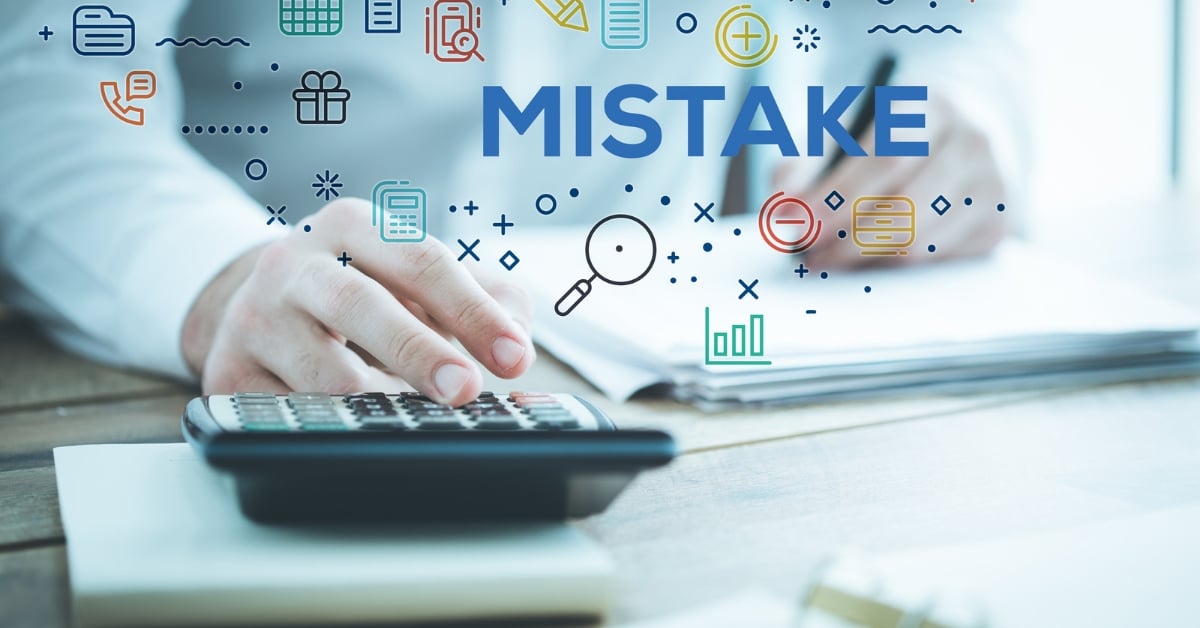Introduction
Creating a sustainable business budget is essential for long-term business growth and financial stability. A well-planned budget helps you allocate resources efficiently, anticipate future financial needs, and adjust to market changes. In this guide, we will walk you through the steps to create and maintain a budget that supports the ongoing success of your business.
Section 1: Understanding the Importance of a Sustainable Business Budget
What is a Sustainable Business Budget?
A sustainable business budget is a financial plan that not only covers your current operational costs but also accounts for future growth and unexpected expenses. It includes detailed projections of income and expenses, allowing you to make informed decisions that support your business’s long-term health. Unlike short-term budgeting, a sustainable budget focuses on creating a stable financial foundation that can withstand economic fluctuations. Creating a sustainable budget is crucial because it helps your business avoid common financial pitfalls, such as overspending, underestimating expenses, or failing to set aside funds for emergencies. By planning ahead, you can ensure your business remains financially healthy and can continue to grow. For more insights on creating a sustainable budget, visit our financial planning services page.The Benefits of a Sustainable Budget
Maintaining a sustainable budget offers several advantages:- Financial Stability: A well-structured budget provides a clear picture of your financial health, helping you maintain cash flow and avoid debt.
- Better Decision-Making: With a detailed budget, you can make informed decisions about where to allocate resources, how to reduce costs, and when to invest in growth opportunities.
- Support for Growth Initiatives: A sustainable budget allows you to plan for expansion, whether it’s entering new markets, developing new products, or hiring additional staff.
Section 2: Steps to Create a Sustainable Business Budget
Assessing Your Current Financial Situation
The first step in creating a sustainable business budget is to assess your current financial situation. This involves analyzing your income, expenses, and cash flow. Start by reviewing your financial statements, including your profit and loss statement, balance sheet, and cash flow statement. This will give you a clear understanding of where your business stands financially and identify areas where adjustments are needed. By conducting a thorough analysis, you can pinpoint inefficiencies and opportunities for improvement. This step is crucial for setting a solid foundation for your budget. For tips on analyzing your financial statements, visit our financial statement preparation services page.Setting Realistic Financial Goals
Once you have a clear understanding of your current financial situation, the next step is to set realistic financial goals. These goals should align with your business objectives and be both short-term (e.g., increasing monthly revenue) and long-term (e.g., expanding into new markets). When setting goals, prioritize them based on their importance and feasibility. For example, if your business is currently struggling with cash flow, your immediate goal might be to improve liquidity before focusing on growth initiatives. To learn more about setting realistic financial goals, explore our financial planning resources.Forecasting Income and Expenses
Effective budgeting requires accurate income and expense forecasting. Use historical data and market trends to estimate future income and expenses. Regularly update these forecasts to reflect changes in the business environment, such as new regulations, economic shifts, or changes in customer demand. Forecasting allows you to anticipate financial challenges and opportunities, helping you make proactive decisions. For example, if your forecasts indicate a potential cash shortfall, you can take steps to secure additional funding or reduce costs before the issue arises. For more guidance on forecasting, check out our business forecasting tools.Allocating Funds Efficiently
Once you have your forecasts in place, it’s time to allocate funds across different areas of your business. This step is crucial for ensuring that essential operations are adequately funded while also setting aside money for growth opportunities and unexpected expenses. Consider creating categories for different aspects of your business, such as operations, marketing, R&D, and contingency funds. Allocate funds based on the priorities you established earlier, ensuring that each area receives the resources it needs to function effectively. To learn more about efficient fund allocation, visit our business budgeting tips page.Choosing the Right Budgeting Tools
Choosing the right budgeting tools is essential for tracking and managing your finances. There are numerous budgeting software options available, each with its own set of features designed to help businesses manage their finances effectively. Popular tools for small businesses include QuickBooks, Xero, and FreshBooks. These tools offer features like expense tracking, financial reporting, and cash flow management, making it easier to stay on top of your budget. For a comparison of budgeting tools, check out our budgeting software comparison page.Section 3: Maintaining and Adjusting Your Business Budget
Regularly Reviewing and Updating the Budget
A business budget is not a static document; it needs to be regularly reviewed and updated to reflect changes in your business and the external environment. Schedule regular budget reviews—monthly or quarterly—to ensure your budget remains aligned with your business goals. During these reviews, compare your actual income and expenses against your budgeted amounts. Identify any variances and determine whether they are due to changes in the business or inaccuracies in your forecasting. For tips on updating your budget, visit our blog.Monitoring Cash Flow and Adjusting Expenses
Monitoring cash flow is a critical aspect of maintaining a sustainable budget. By keeping a close eye on your cash flow, you can identify potential issues before they become major problems. If you notice that your cash flow is tighter than expected, consider adjusting expenses or delaying non-essential purchases. Regularly reviewing your cash flow statement will help you make informed decisions about spending and saving, ensuring your business remains financially stable. For more on cash flow management, explore our business cash flow strategies.Planning for Unexpected Costs
No matter how well you plan, unexpected costs are inevitable in business. Whether it’s an equipment breakdown, a sudden drop in sales, or an unexpected tax bill, these costs can disrupt your budget if you’re not prepared. To mitigate the impact of unexpected costs, build a contingency fund into your budget. This fund should be reserved for emergencies and replenished regularly to ensure it’s available when needed. For strategies on managing unexpected costs, visit our financial planning services page.Section 4: Long-Term Budgeting Strategies for Business Growth
Aligning Budget with Business Growth Plans
To ensure your budget supports long-term business growth, it must be aligned with your growth strategies. Whether you’re planning to expand your product line, enter new markets, or increase your workforce, your budget should reflect these plans. For example, if you’re planning to expand into a new market, allocate funds for market research, marketing campaigns, and any necessary infrastructure investments. By aligning your budget with your growth plans, you can ensure that your business has the resources it needs to succeed. For more on aligning your budget with growth plans, check out our growth strategies for businesses page.Sustainable Financial Practices
Incorporating sustainable financial practices into your budget can help reduce waste, improve efficiency, and support long-term growth. This includes practices like reducing energy consumption, minimizing waste, and investing in sustainable technologies. Sustainability is not just good for the environment; it’s also good for your bottom line. By adopting sustainable practices, you can reduce costs and improve your business’s reputation, leading to increased customer loyalty and sales. For tips on sustainable financial practices, visit our sustainability strategies page.Utilizing Financial Data for Strategic Decisions
Your budget provides valuable financial data that can be used to make strategic business decisions. By analyzing your financial data, you can identify trends, measure the effectiveness of your spending, and make adjustments as needed. For example, if your data shows that certain marketing campaigns are generating a high return on investment, you might decide to allocate more funds to those campaigns. Conversely, if a particular expense is not providing the expected value, you might decide to reduce or eliminate it. For more on using financial data for decision-making, visit our financial insights page.Conclusion
Creating and maintaining a sustainable business budget is essential for long-term success. By following the steps outlined in this guide—assessing your financial situation, setting realistic goals, forecasting income and expenses, allocating funds efficiently, and regularly reviewing your budget—you can ensure that your business remains financially healthy and poised for growth. If you need assistance with creating or managing your business budget, consider reaching out to our professional financial planning services. Visit our services page to learn more about how we can help you achieve your financial goals.FAQ Section
A sustainable business budget ensures that your business can maintain financial stability, support growth initiatives, and handle unexpected costs. It helps you allocate resources efficiently and make informed financial decisions. Learn more.
It’s recommended to review and update your budget regularly—monthly or quarterly—to ensure it remains aligned with your business goals and reflects any changes in your financial situation. Read more.
Popular budgeting tools for small businesses include QuickBooks, Xero, and FreshBooks. These tools offer features like expense tracking, financial reporting, and cash flow management. Explore tools.
Align your budget with your business growth strategies by allocating funds for expansion, product development, and other growth initiatives. Regularly review and adjust your budget to reflect your business’s evolving needs. Discover more.
Sustainable financial practices, such as reducing waste and improving efficiency, can lower costs, enhance your business’s reputation, and support long-term growth. Learn about sustainability.






